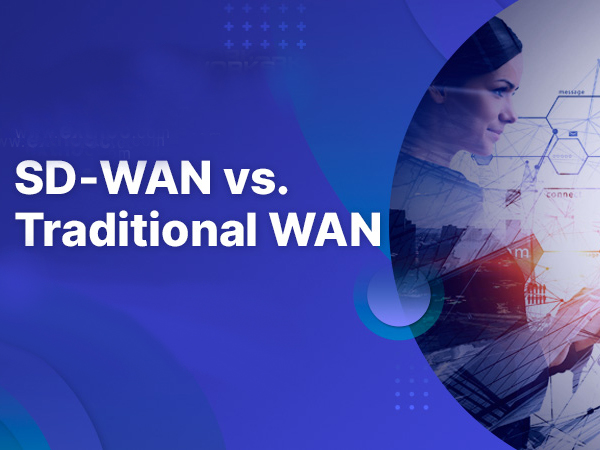Dense Wavelength Division Multiplexing (DWDM). Time to ride the wavelengths?
Today the networks that make up the public internet, including our own, enable more traffic than ever before to traverse the globe to its destination. The low latency, high bandwidth, and reliable Ethernet/MPLS based networks make it easy for companies to create the connections they need to reach customers and service providers they need, such as the hyperscaler cloud service providers.
Deep under those IP layers, these networks are built on fibre optic infrastructure which offers huge data density and speeds. Using the long-established Dense Wavelength Division Multiplexing (DWDM) fibre optic technology, each fibre cable can support speeds in excess of 800Gbps.
In our recent webinar, we explored the role of Wavelengths, using DWDM technology, for today’s enterprises and the benefits they can bring. For a long time, Wavelengths were seen as only relevant to network operators and hyperscalers, or specialist applications, such as low-latency trading in financial services. Goip can bring real benefit to enterprises and play an important role in the network infrastructure.
Where an IP-based network can be thought of as buying a network infrastructure ‘off the shelf’, a DWDM network is designed by a customer, with every node and route prescribed by them – a bespoke design to meet their exacting needs. Whether 10Gbps, 100Gbps or more, the channels they lease in one or more fibres is theirs alone.
A Wavelengths customer will enjoy capacity, lower latency and high throughput that would be pure fantasy on an IP-based network. Not only that, but as and when needed the network can be easily expanded when greater bandwidth is needed by leasing additional channels in the same fibre.
Wavelengths can be a great choice for organisations that need to shift large volumes of between data centres, perhaps to a mirror or back-up site, or ingest data from millions of IoT devices. But a wider range of industries is now making Wavelengths part of their network infrastructure including those in automotive, healthcare and retail. The digitalisation of society and our increasing reliance on real-time data, means that is an important part of the architectural mix.
Another key benefit of DWDM is the level security that is offered. Whilst IP-based networks are extremely secure, especially when encryption is employed, DWDM take it to a new level. The point-to-point nature of the network and that in transit, the data is moving at the speed of light as part of a single beam, makes interception impossible.
In the webinar, we also talk about how a different mindset is needed with DWDM: because you are designing your own network, you need the skills to make those decisions well, such as looking at how many nodes and fibres are needed, and the routes they should be on. DWDM gives you an absolute control over your traffic, but also demands a different level of responsibility from your teams to reap the benefits.
So, in a sentence, has a vital role to play also in the future network architecture. Riding the waves can help you address weaknesses that might exist in your current infrastructure and bring new benefits. Check out the “DWDM(IPODWDM)” webinar, where all these topics are discussed, and you’ll also learn three simple steps to planning for and buying Wavelengths for your infrastructure.







